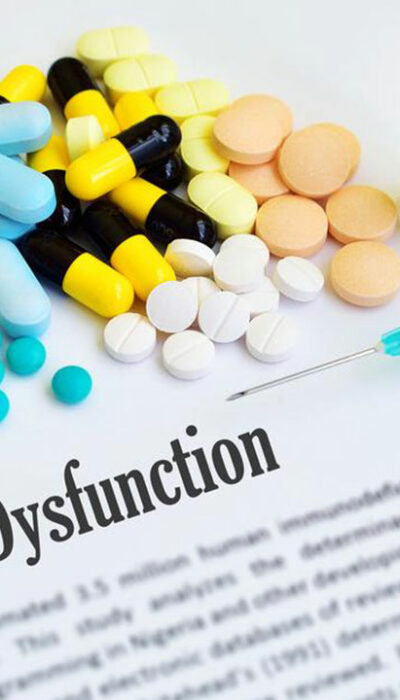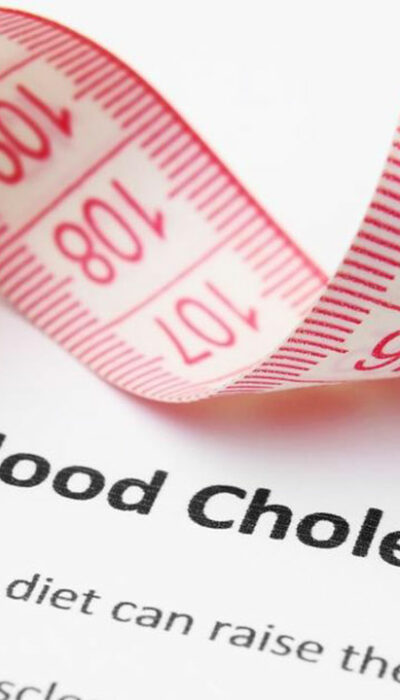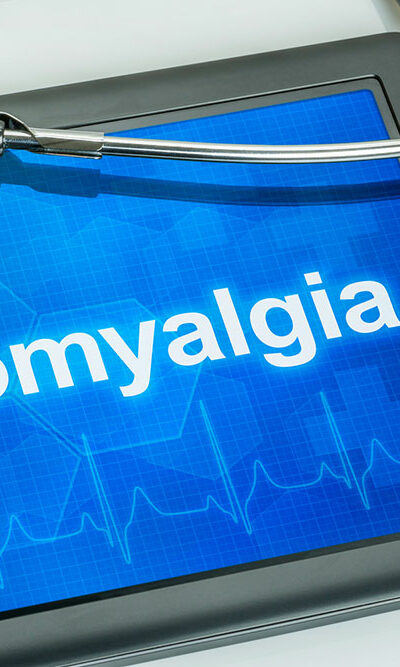
Severe Constipation – Causes and Symptoms
Fewer than three bowels movements a week is referred to as constipation. Constipation also implies having to strain too much to create bowel movement or pass stools that are dry, hard and small. But once the s evere constipation causes are known, there are various steps and treatments that can be implemented to cure and prevent it. The main causes of severe constipation are usually associated with diet and lifestyle, although there may occur some medical conditions that can also become a cause. In terms of lifestyle, a poor diet and sedentary, inactive lifestyle are the common s evere constipation causes . The human digestive system suffers greatly when consumption of junk food is not monitored, and unhealthy eating habits can wreak havoc on the human digestive system. Factors directly linked to the diet that can create conditions for constipation are: Foods containing high levels of fat and sugar Low levels of water Low levels of other fluids Dairy products Lack of foods that contain high fiber like whole grains, fruits, and vegetables. Too much caffeine or alcohol Another very important factor is the importance of defecating as soon as the need arises, instead of putting it off for a more convenient time or place, since delays can make the body move into a phase of constipation. Sometimes, changes in the normal routine also cause digestive and bowel problems, as the human body is designed for routine. Sporadic use of bathroom, inconsistent activity, dietary changes, inadequate water consumption and general lack of exercise are some examples. It is therefore important while traveling or changing the schedule to eat high fiber foods that are healthy and drink enough water, along with a little bit of exercise to help the body maintain its physiological habits. Medications can be another cause of constipation since frequently prescribed medications can serve constipation as a common side effect.










